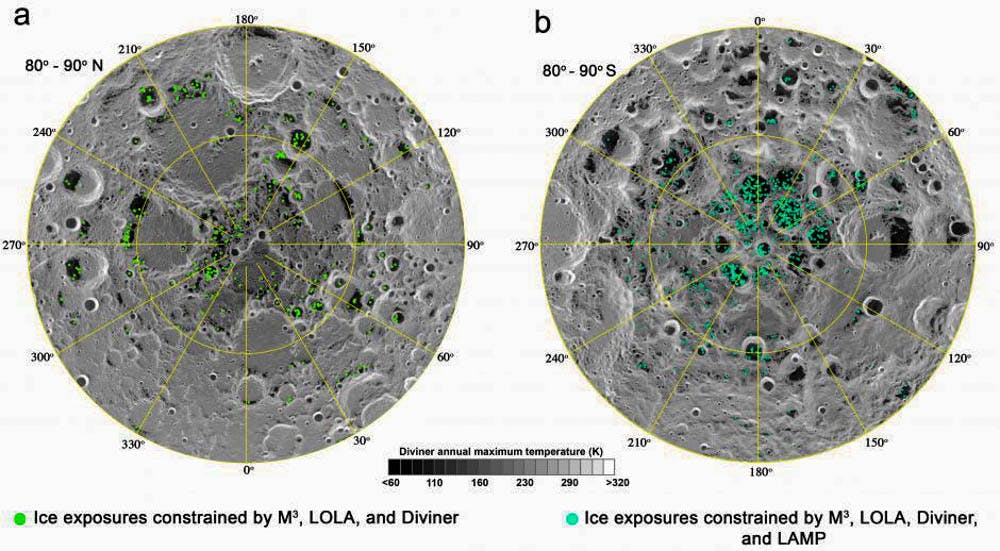The existence of ice on the moon’s surface has been a source of intrigue for astronomers since the 1950s. In August, an elusive search for direct evidence finally came to an end when a team of researchers made a definitive discovery of water ice on the moon’s surface in areas known as “permanently shadowed regions,” or PSRs.
“The people in the (scientific) community have tried so many times to detect ice, but they’ve not been able to definitively tell until our study,” said Shuai Li, a researcher at the University of Hawaii and lead author of the study.
The study, published in Proceedings of the National Academy of Sciences, used data from the moon Mineralogy Mapper, otherwise known as M3, which was launched in 2008 and administered by Carle Pieters, professor of earth, environmental and planetary sciences. The M3 measures sunlight reflected off of materials, including water ice, on the moon’s surface, said Ralph Milliken, associate professor of earth, environmental and planetary sciences and co-author of the study.
Li analyzed the M3 data in an attempt to better understand the PSRs. These regions do not receive direct sunlight throughout the year and drop to temperatures below 100 degrees Kelvin, which initially led researchers to theorize that stable water ice could form.
To circumvent the problem of examining dark regions through a light-dependent tool, Li examined only the edges of the PSRs. “Here you get enough light scattered from the surrounding eliminated terrain that you can just see into the shadows a little bit,” Milliken said. “That was kind of a novel approach.”
Through numerous tests, Li showed that the light reflected in wavelengths resembled that of ice spectra. Then he performed tests to eliminate the possibility of background noise interfering, he said.
Supportive discoveries for the PSR ice theory have previously been made on Mercury and Ceres, the biggest object in the asteroid belt, and stimulated a similar search on moon. However, a 2006 rover mission to the moon’s south pole concluded that there were no large amounts of water ice in that region, Li said. A neutron spectrometer on the Lunar Prospector mission detected traces of hydrogen, but found inconclusive evidence as to whether these traces were part of molecular water. By 2015, data from the M3 and the Lunar Orbiter Laser Altimeter showed evidence of hydrogen-containing materials in polar regions of the moon, yet did not prove that they were part of water, he said.
Li and Milliken emphasized that the water ice detected lies only on the upper half-millimeter of the moon surface that they measured, exists just in the extremely cold, polar regions and resembles frost-like icy dirt. While further research needs to be done to examine the amount of water ice present under the moon’s surface, this study has pinpointed where the surface water ice is located, providing a road map for future missions, Milliken said.
Surface water ice has many potential uses, Milliken said. It could be broken apart into hydrogen and used to refuel rovers or, in the future, even serve as a resource for humans.
“The presence of water that can be used towards this exploration of the moon is a big step forward as a reason to return to the moon,” said Hannah Kaplan PhD’18, a researcher at Southwest Research Institute.
It also provides ample opportunities to explore how this water came to be on the moon — whether from comet and asteroid impacts or from the moon’s early days, Milliken said. The study also showed that future instruments could be better tailored to these kinds of difficult measurements, as Li’s analysis pushed the M3 to its limits, Milliken said.





